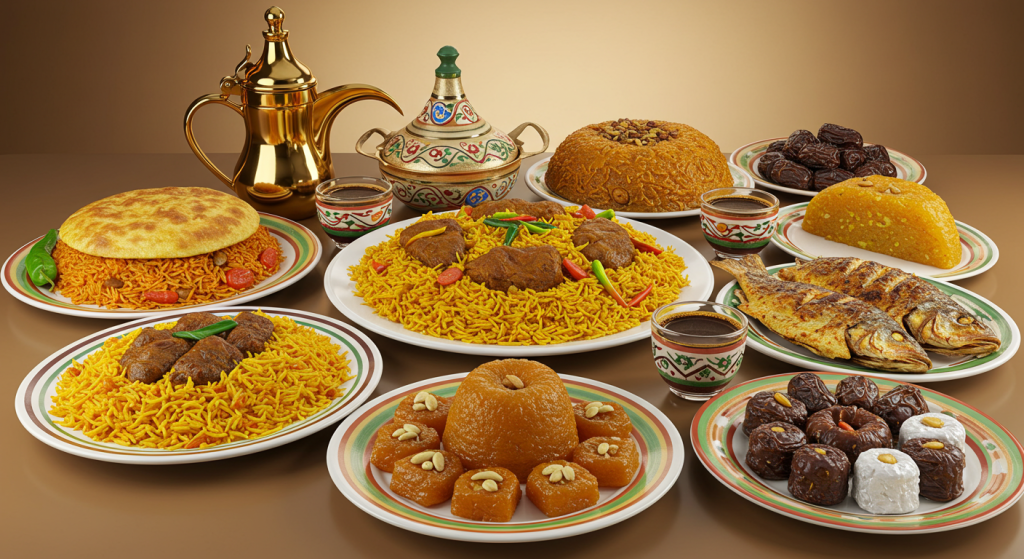
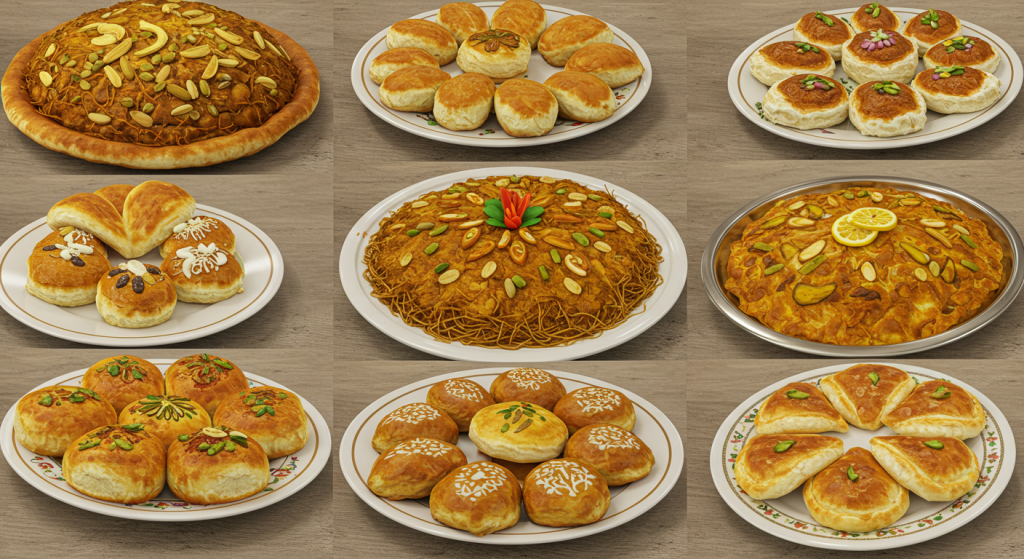
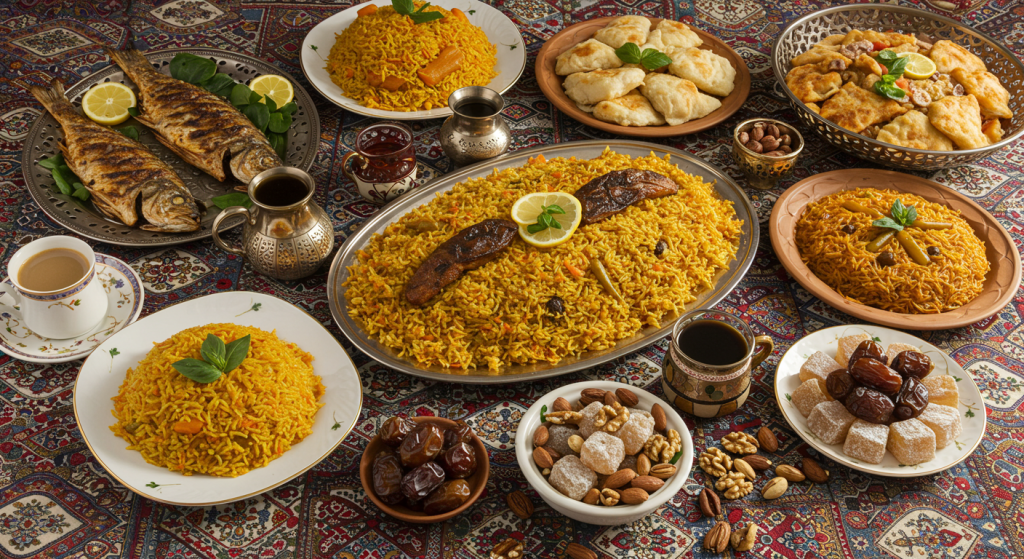
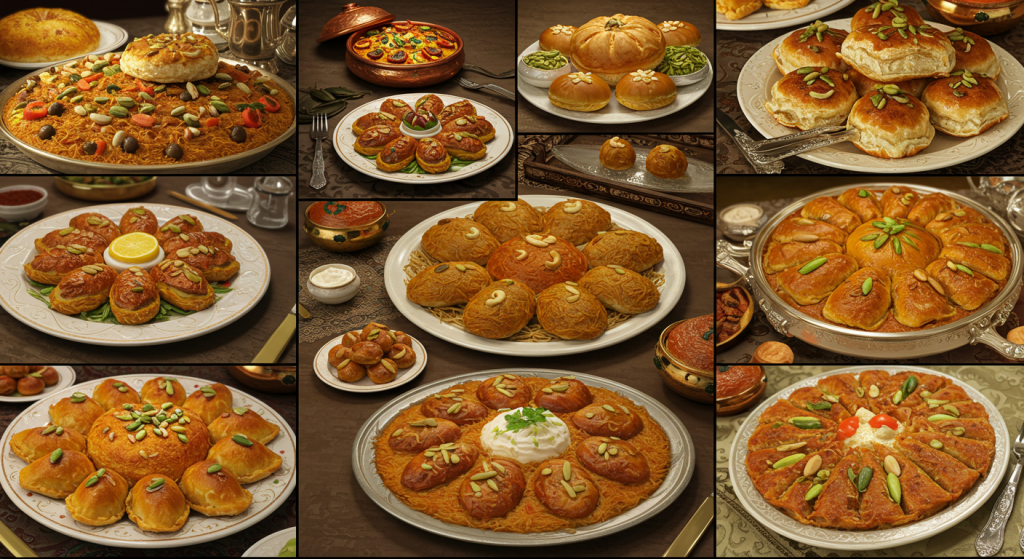
Kuwait, a small yet vibrant country located in the heart of the Arabian Gulf, boasts a rich culinary heritage that reflects its history, culture, and geographical position. The cuisine of Kuwait is a wonderful blend of flavors and textures, influenced by the various cultures that have inhabited the region over centuries. For food enthusiasts and curious travelers alike, exploring the diverse food scene in Kuwait can be a journey filled with exciting experiences and delectable tastes.
One of the most prominent features of Kuwaiti cuisine is its use of spices and aromatic herbs. Traditional dishes often incorporate ingredients like saffron, cardamom, and cumin, which are essential in creating the bold flavors that define many Kuwaiti meals. The culinary landscape is also enriched by the inclusion of fresh ingredients such as fish, chicken, lamb, and an array of vegetables.
A quintessential dish that reflects the spirit of Kuwait is “Machboos,” a spiced rice dish usually made with chicken or lamb. The recipe often varies from family to family, but the core elements remain consistent – long-grain rice cooked with a mix of spices and turmeric, giving it a distinctive yellow hue, served alongside tender meat that has absorbed the flavors of the broth. Machboos is often accompanied by a tangy salad or a side of yogurt, making it a well-rounded and satisfying meal.
Another staple is “Fattah,” a dish made of layers of rice, bread, and meat, generously topped with a delicious garlic-yogurt sauce. Each ingredient complements the others, creating a harmonious blend of textures and tastes. Fattah can be prepared with various types of meat, depending on personal preference, and is especially popular during family gatherings and special occasions.
Seafood is an essential part of Kuwaiti cuisine, thanks to the country’s coastal location. “Samak Mashwi,” or grilled fish, is highly favored, often seasoned with a mixture of lemon, garlic, and traditional spices. Served with fragrant rice or a refreshing salad, this dish embodies the simplicity and freshness that seafood brings to the table.
For those with a sweet tooth, traditional desserts such as “Mahalabia” or “Basbousa” should not be missed. Mahalabia is a silky milk pudding flavored with rose or orange blossom water, offering a delightful conclusion to any meal. Basbousa, a semolina cake soaked in syrup, adds a touch of sweetness and is often garnished with almonds or coconut for added flavor and texture.
In recent years, the food scene in Kuwait has also embraced contemporary dining trends, with an influx of international cuisines and fusion restaurants that cater to the diverse palates of its residents. From trendy cafes serving artisan coffee to upscale dining experiences featuring innovative takes on classic dishes, Kuwait’s culinary landscape is ever-evolving.
Food lovers visiting Kuwait will find a variety of venues, from bustling street food stalls to upscale restaurants, each offering a unique glimpse into the country’s rich gastronomic culture. The famous “Souq Al-Mubarakiya,” a traditional market, is a must-visit, where visitors can sample street food delicacies, shop for unique spices, and immerse themselves in the lively atmosphere of Kuwaiti culinary life.
In conclusion, the richness of All Kuwait Food offers something for everyone, whether you are a local or a visitor. The blend of traditional and modern influences makes dining in Kuwait an exciting adventure filled with flavors waiting to be discovered. Don’t miss out on the opportunity to indulge in the diverse offerings that symbolize not just the country’s cuisine, but also its vibrant culture and hospitality.
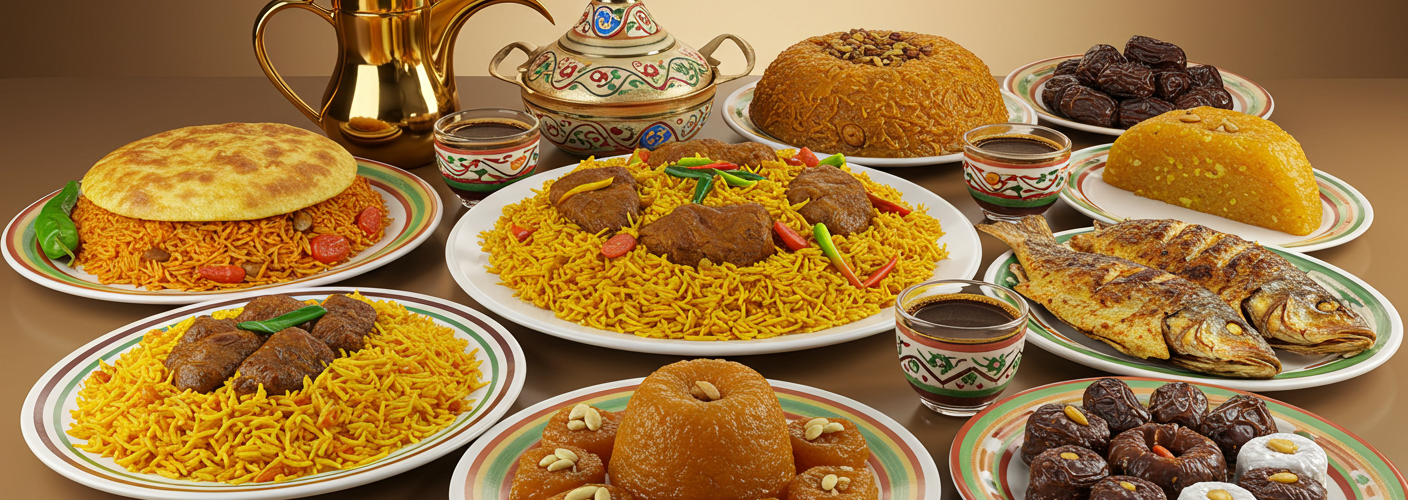



Add comment